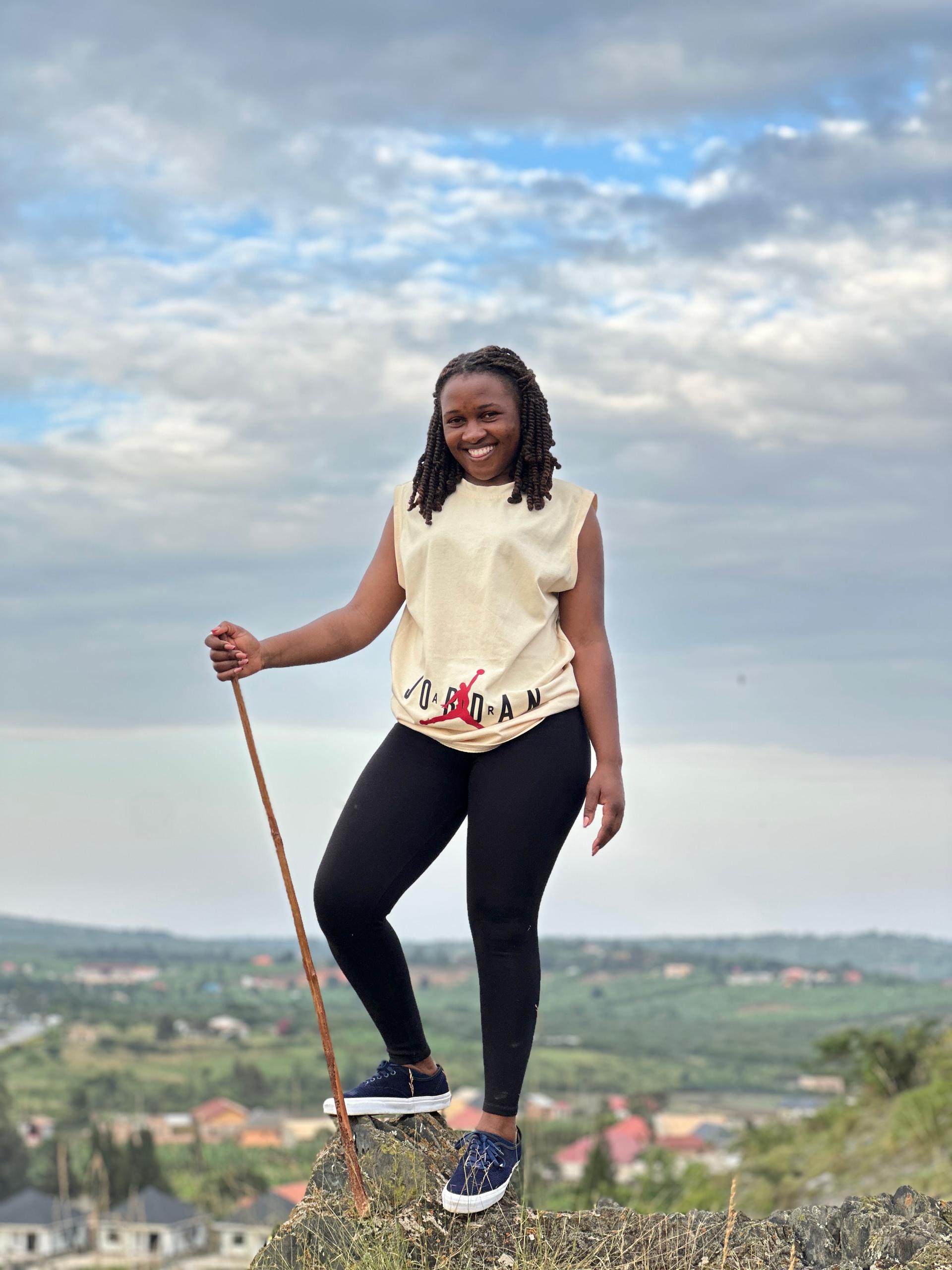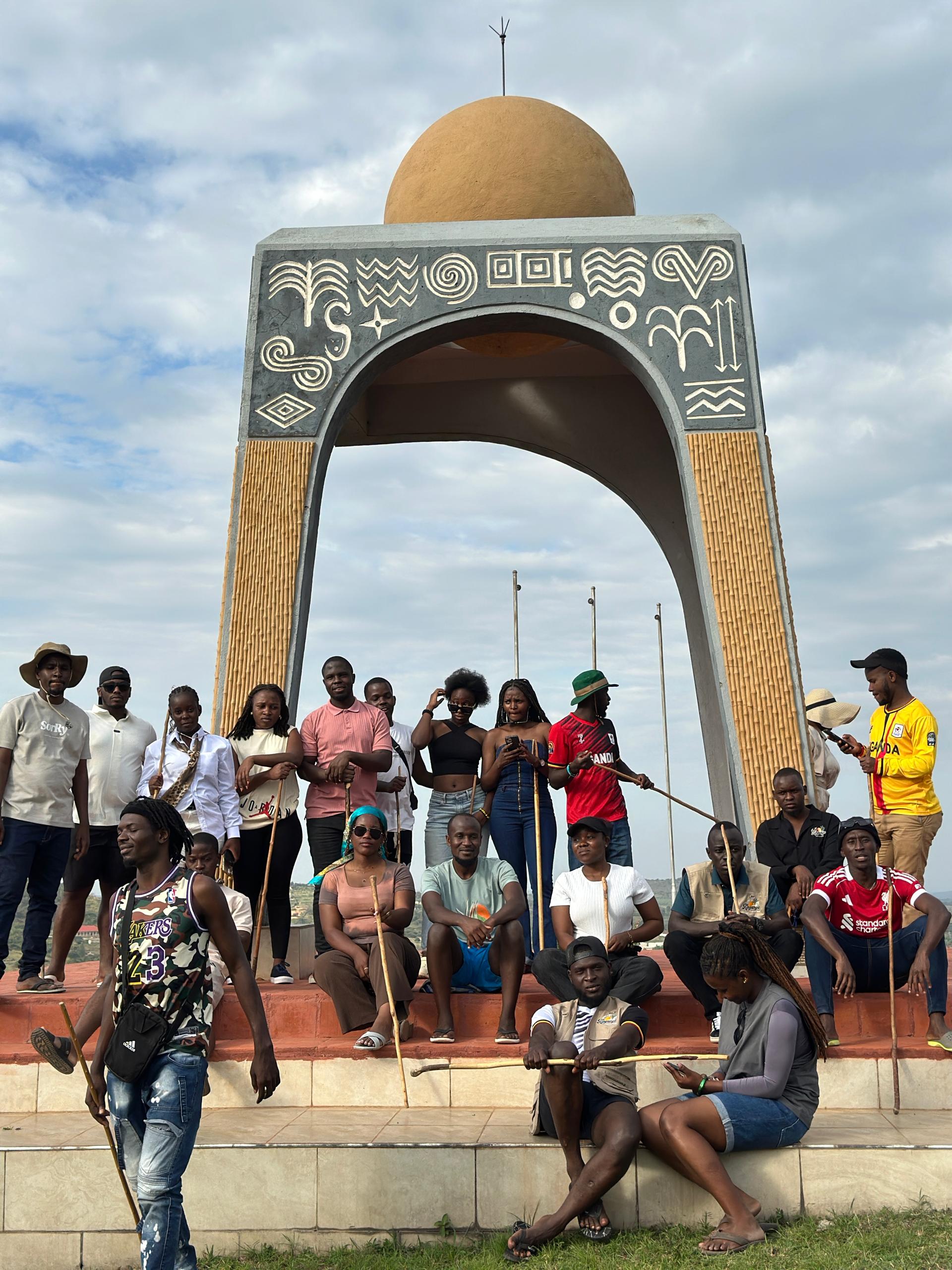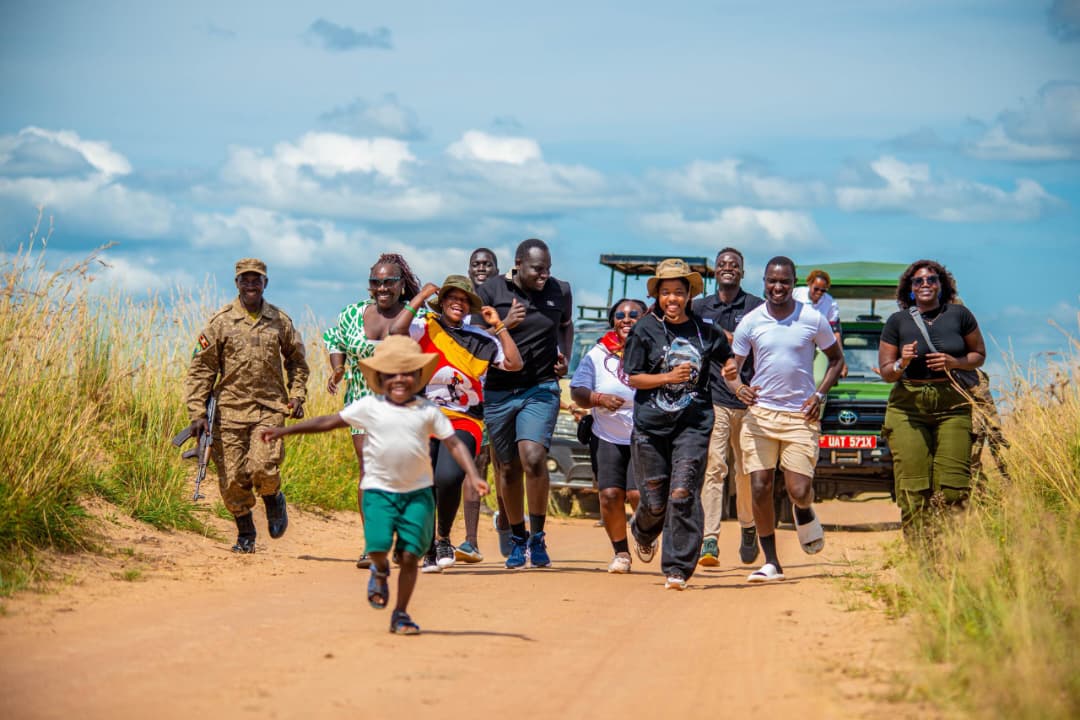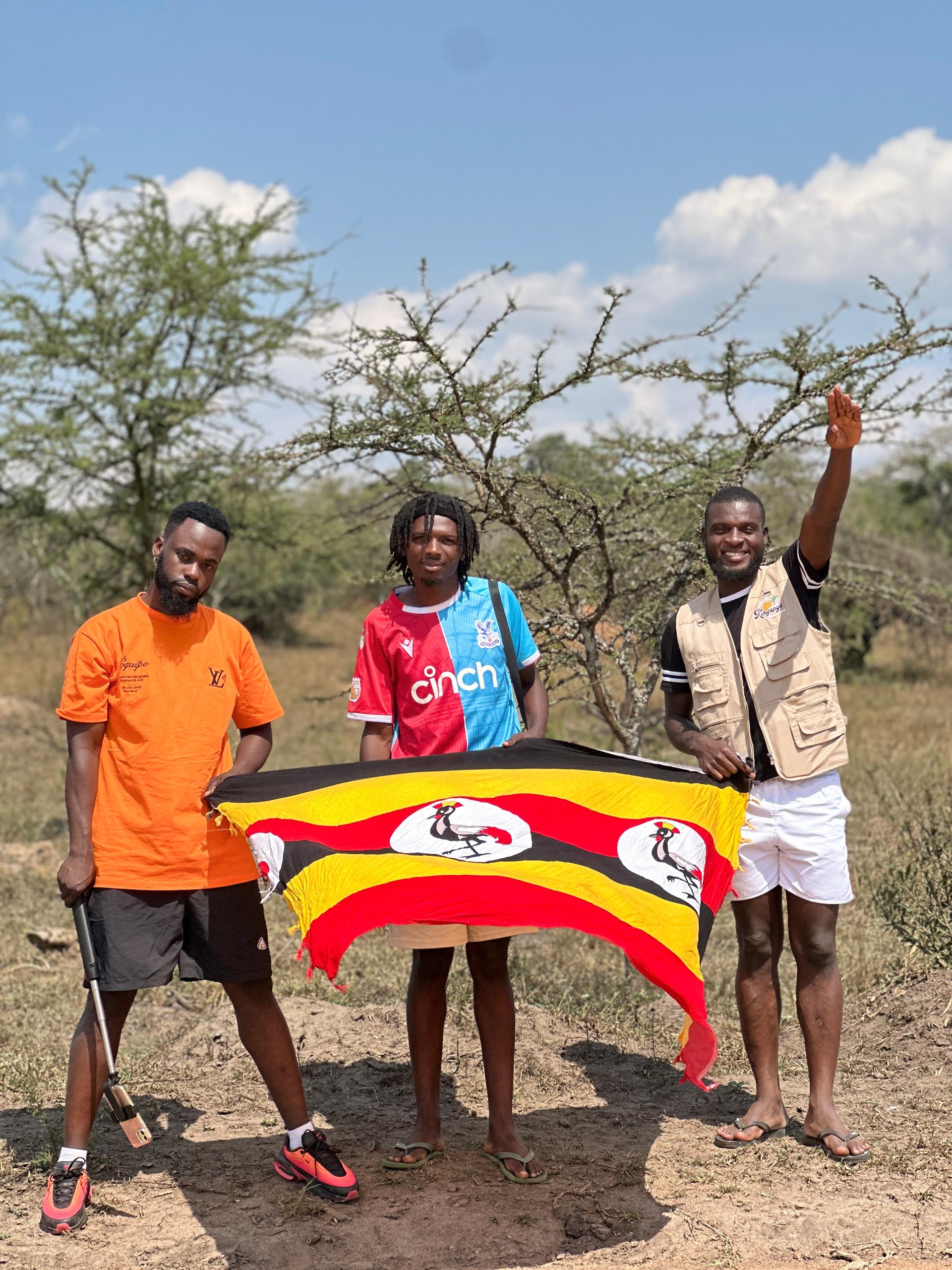Wildlife photography on safari presents unique challenges and incredible opportunities. Whether you're a seasoned photographer or a beginner, these essential tips will help you capture the magic of Uganda's wildlife and create memories that will last a lifetime.
1. Equipment Essentials
The right equipment can make or break your safari photography experience. A DSLR or mirrorless camera with good low-light performance is ideal. Pack at least two camera bodies if possible - dust and moisture are constant challenges.
For lenses, a versatile zoom lens (100-400mm or 150-600mm) is essential for wildlife. Don't forget a wide-angle lens for landscapes and a standard zoom for general shots.
Must-Have Gear Checklist
- Camera body with good autofocus system
- Telephoto zoom lens (minimum 300mm)
- Wide-angle lens for landscapes
- Polarizing filter to reduce glare
- Lens cleaning kit
- Extra batteries and memory cards
- Camera bag or protective case
- Bean bag or tripod for stability
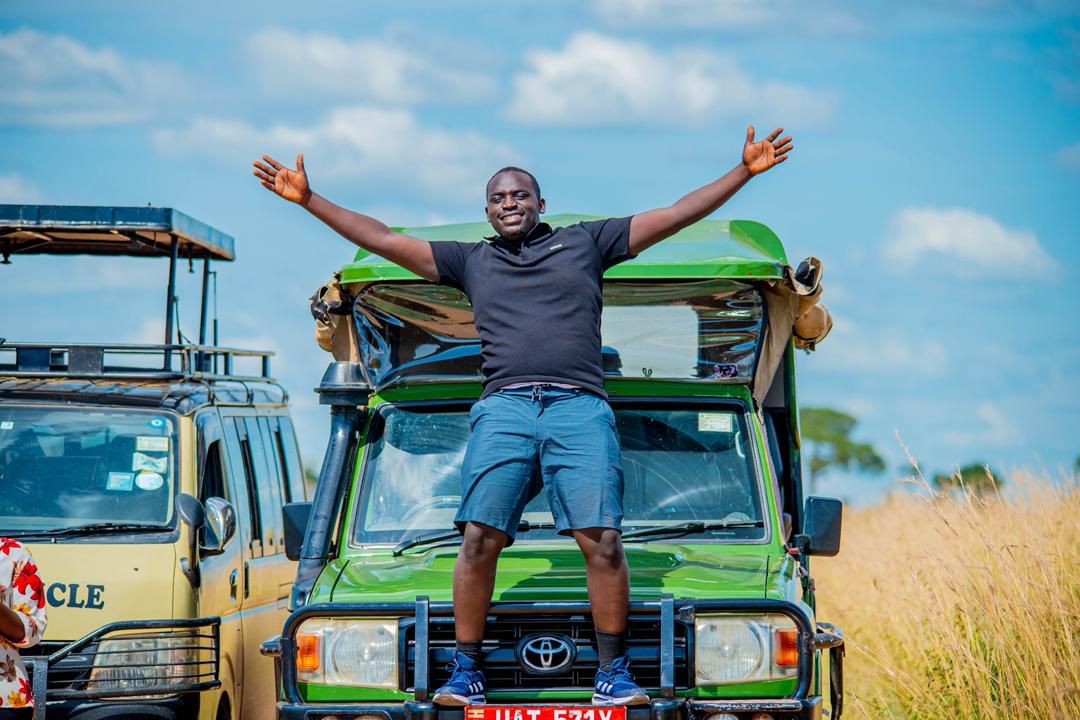
Patience and the right equipment are key to capturing perfect wildlife moments
2. Understanding Light
The golden hours - early morning and late afternoon - provide the most dramatic and flattering light for wildlife photography. The warm, soft light enhances colors and creates beautiful shadows that add depth to your images.
Avoid harsh midday sun when possible, as it creates strong shadows and washed-out colors. If you must shoot midday, look for subjects in shade or use fill flash carefully.
Pro Tip
Always have your camera ready with settings pre-adjusted. Wildlife moments happen quickly and rarely repeat themselves.
3. Composition Techniques
Apply the rule of thirds to create dynamic compositions. Place your subject's eyes on the intersection points for maximum impact. Leave space in the direction the animal is looking or moving to create a sense of story and movement.
Don't always center your subject - environmental shots that show the animal in its habitat tell a more complete story.
4. Camera Settings for Safari
Use Aperture Priority mode (A/Av) for quick adjustments, setting your aperture wide open (f/4-f/5.6) for better subject isolation. Keep ISO on auto with a maximum of 3200-6400 depending on your camera's capabilities.
Set minimum shutter speed to 1/500s for stationary animals and 1/1000s or faster for action shots. Use continuous autofocus (AF-C/AI Servo) and burst mode for action sequences.
5. Respect and Patience
The best wildlife photographs come from understanding and respecting animal behavior. Never pressure your guide to get closer than appropriate. Patient observation often leads to the most rewarding photographic opportunities.
Learn to anticipate behavior - animals often give subtle cues before major actions like hunting, playing, or interacting with their young.
